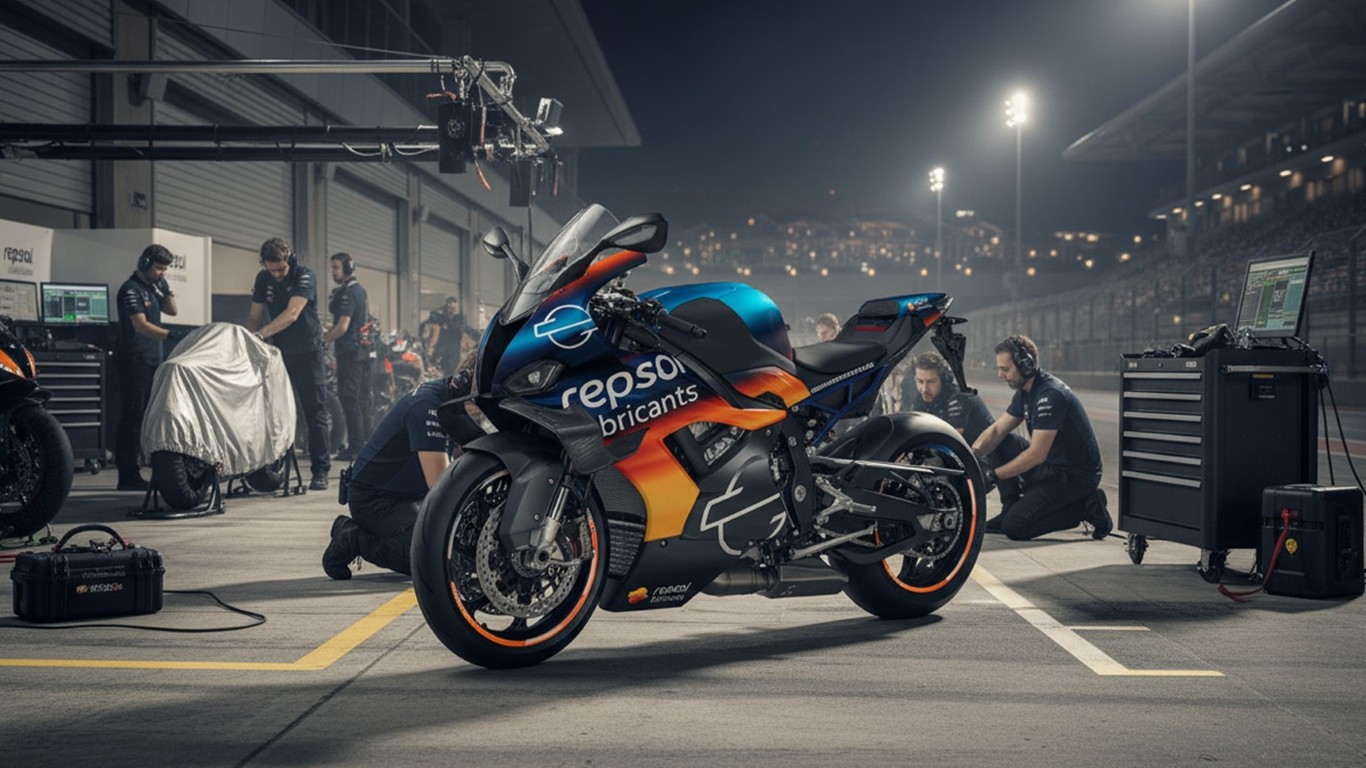Choose the best oil for your scooter based on engine type and climate

The scooter is a small-displacement motorcycle with an open frame structure, a seat, and a lower platform to place your feet.
Most modern scooters have smaller wheels than conventional motorcycles, as their functionality is mainly for city driving, which is characterized by the continuous start-stop use that is so common with this type of vehicle. One of the most popular and iconic scooter models of all time is the Vespa.
When it comes to performance, choosing the right oil is very important because not all oils are the same and factors such as engine type and climate can influence the decision as to which is most suitable for your scooter.
Here are some guidelines to help you choose the best oil for your scooter's engine:
1. What type of engine does your scooter have?
- Two-stroke engines:until relatively recently, most modern scooters were powered by two-stroke engines. Therefore, if this is also your case, you will need an oil that provides excellent protection against wear, minimizes the emission of polluting fumes, and can also withstand the high temperatures of the engine, preventing the formation of carbon deposits on the pistons and the deterioration of the exhaust systems.
- Four-stroke engines: this type of engine is more efficient in terms of pollutant emissions, so if you have a scooter with a four-stroke engine that allows it to be an agile, reliable, and fuel-efficient vehicle, it is worth looking for an oil suited to the operating conditions of this engine, both in urban and inter-city conditions.
2. What viscosity does the oil in your scooter need to be?
In 4-stroke scooters, the parameter that indicates the hot and cold viscosity of an engine oil is the SAE grade, expressed by two numbers separated by a W, for example 10W-40. The first number represents the viscosity of the oil when cold. Therefore, the lower this number, the more fluid the lubricant will be when starting with a cold engine. The second number represents the viscosity of the lubricant at normal (or warm) engine operating temperature. The higher this number, the more viscous the lubricant.
- Cold climate:in cold climates it is advisable to use oils with the lowest possible SAE grade, i.e. with a lower viscosity, within the limits specified in your scooter's maintenance manual. This facilitates starting the engine at low temperatures and ensures rapid lubrication during the first few minutes of operation.
- Warm climate: in this type of climate, although it is true that the higher the viscosity of the oil, the better performance it tends to offer your scooter's engine. In contrast to cold climates, the viscosity of the lubricant in normal operation is not so influenced by a high outside ambient temperature. So you can use virtually any of the hot SAE grades specified in your scooter manufacturer's manual.
3. Synthetic or conventional oil?
Synthetic oils offer better technical performance, both at high and low temperatures, and provide more efficient lubrication. In addition, this type of oil does not deteriorate or settle as quickly as common mineral-based oils, thus keeping the engine cleaner and resulting in lower oil consumption. While it is true that its price is higher than the other types, the performance it offers in the long run makes it a better option, as long as our scooter allows it.
These are just a few tips for choosing the best oil for your scooter based on engine type and climate, but it is important that with this in mind, you consult your owner's manual and also factor in the recommended frequency of oil changes for your scooter as engines that are subjected to heavier use may require more frequent changes to maintain engine efficiency.
Related contents




